Our planet is full of wonders, and some of the most fascinating are the unusual geological formations found in different parts of the world. These natural wonders are not only beautiful but also tell us a lot about the Earth’s history. From towering rock structures to intricate cave systems, each formation has a unique story of how it came to be. Here are 16 unusual geological formations and how they formed. Prepare to be amazed by the incredible processes that shaped our planet!
Giant’s Causeway, Northern Ireland
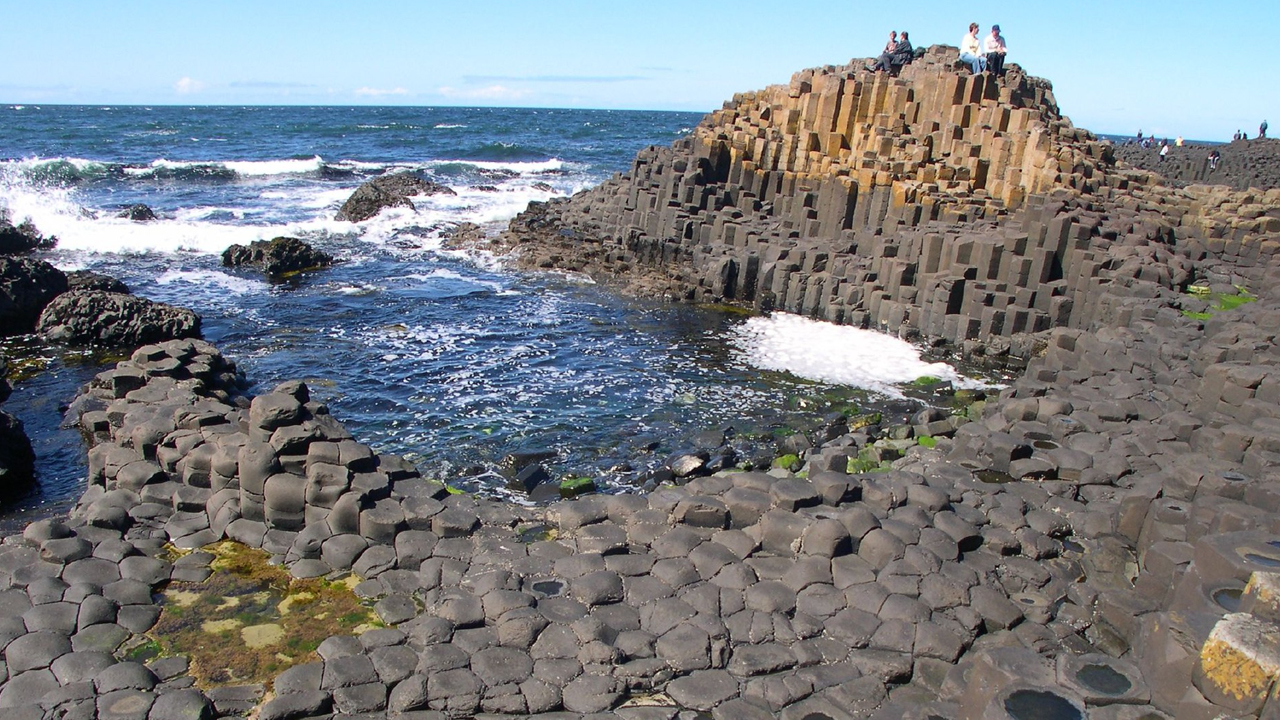
The Giant’s Causeway is a stunning formation of around 40,000 interlocking basalt columns. It was formed about 50 to 60 million years ago during a volcanic eruption. As the lava cooled, it contracted and cracked into these unique hexagonal shapes. This natural wonder looks like a giant stepping-stone pathway.
Wave Rock, Australia
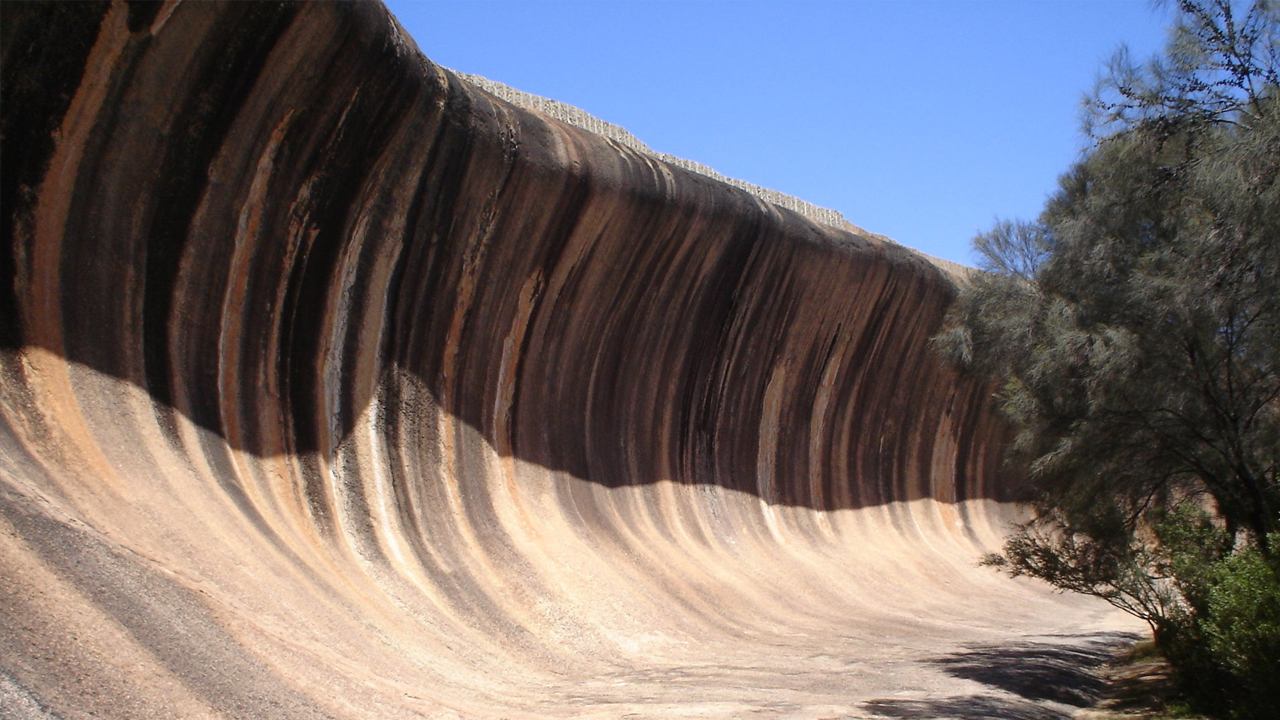
Wave Rock is a natural rock formation shaped like a giant ocean wave. It formed over 2.7 billion years ago from weathering and erosion of the granite rock. The wave shape was created by wind and rain gradually eroding the softer rock layers. Wave Rock stands about 49 feet high and 360 feet long.
Antelope Canyon, USA
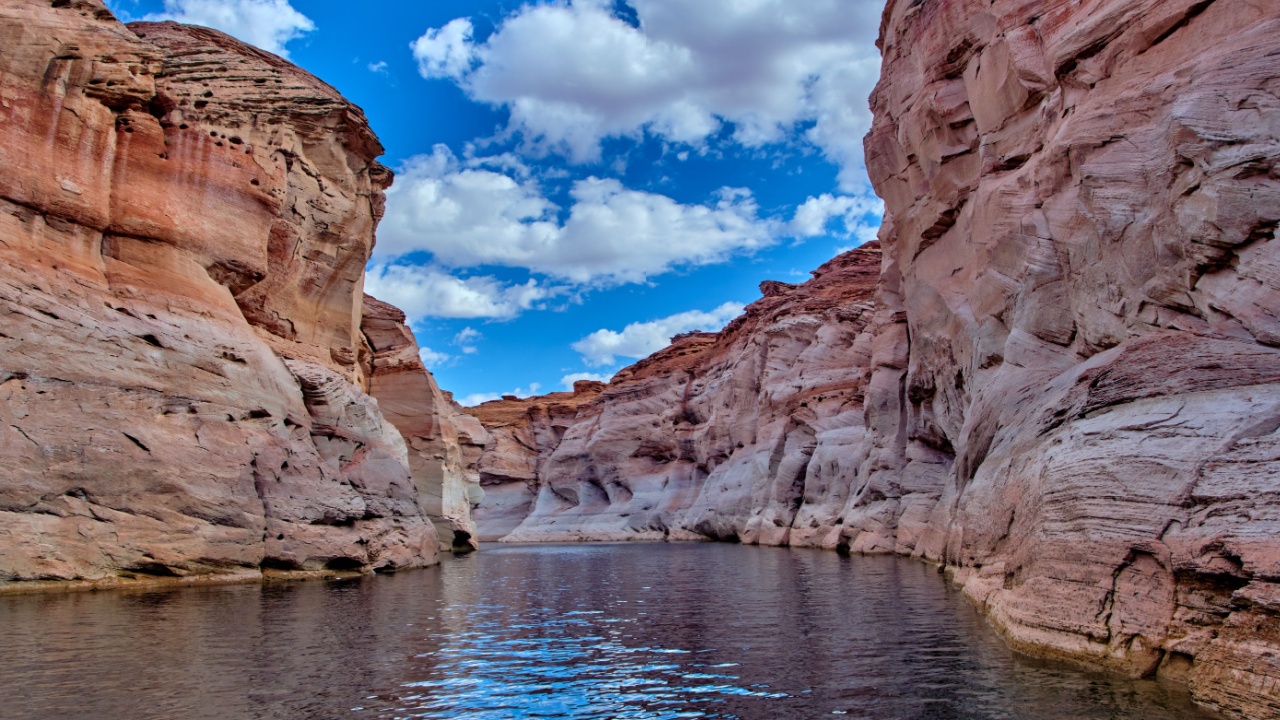
Antelope Canyon is a famous slot canyon in Arizona known for its beautiful, narrow passages and colorful rock walls. It was formed by millions of years of flash flooding and erosion. The water carved out the sandstone, creating the smooth, wavy walls and unique shapes we see today.
The Stone Forest, China
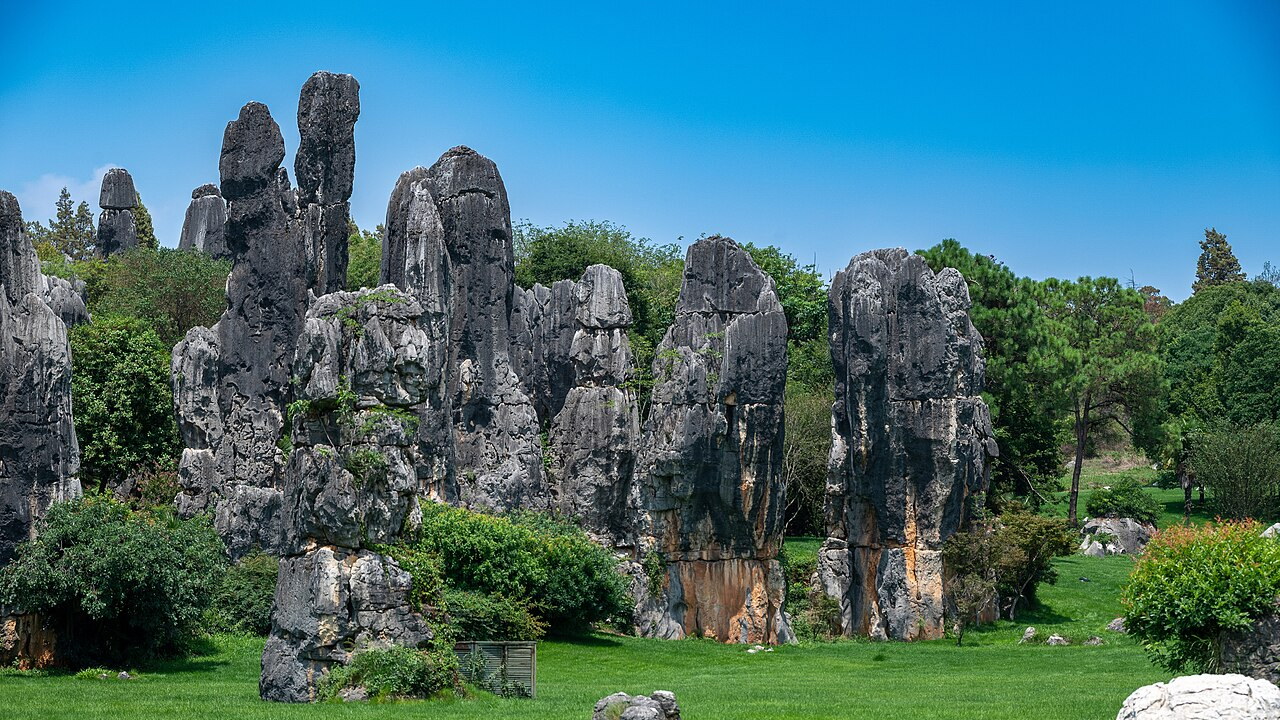
The Stone Forest, or Shilin, is a collection of tall, limestone formations located in Yunnan Province. It was formed about 270 million years ago during the Permian period. Over time, the limestone was eroded by rain and wind, leaving behind these towering stone pillars that resemble a forest made of stone.
The Chocolate Hills, Philippines
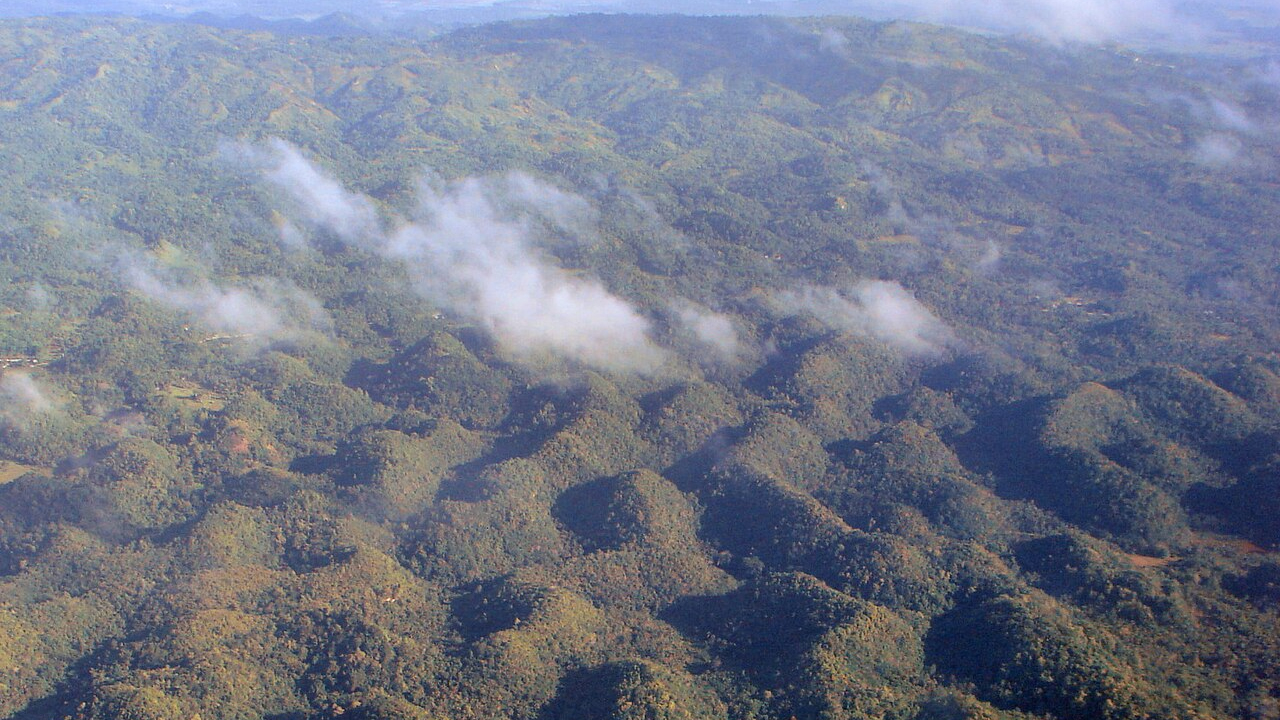
The Chocolate Hills are a group of over 1,200 hills spread across the island of Bohol. They were formed from the uplift of coral deposits and the action of rainwater erosion. During the dry season, the grass covering the hills turns brown, giving them the appearance of giant chocolate mounds.
Moeraki Boulders, New Zealand
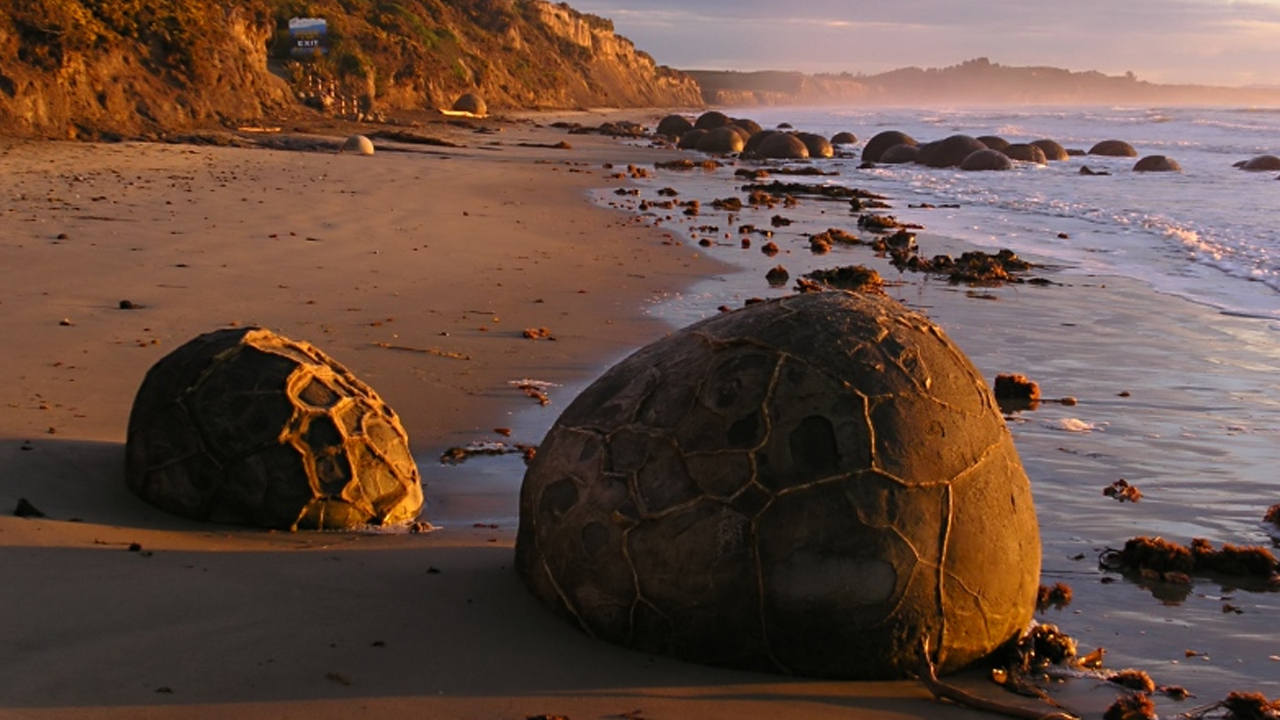
The Moeraki Boulders are large, spherical stones scattered along Koekohe Beach. They formed around 60 million years ago from the precipitation of calcite around a central core. Over time, erosion exposed these unique boulders, which can be up to 7 feet in diameter.
Bryce Canyon Hoodoos, USA
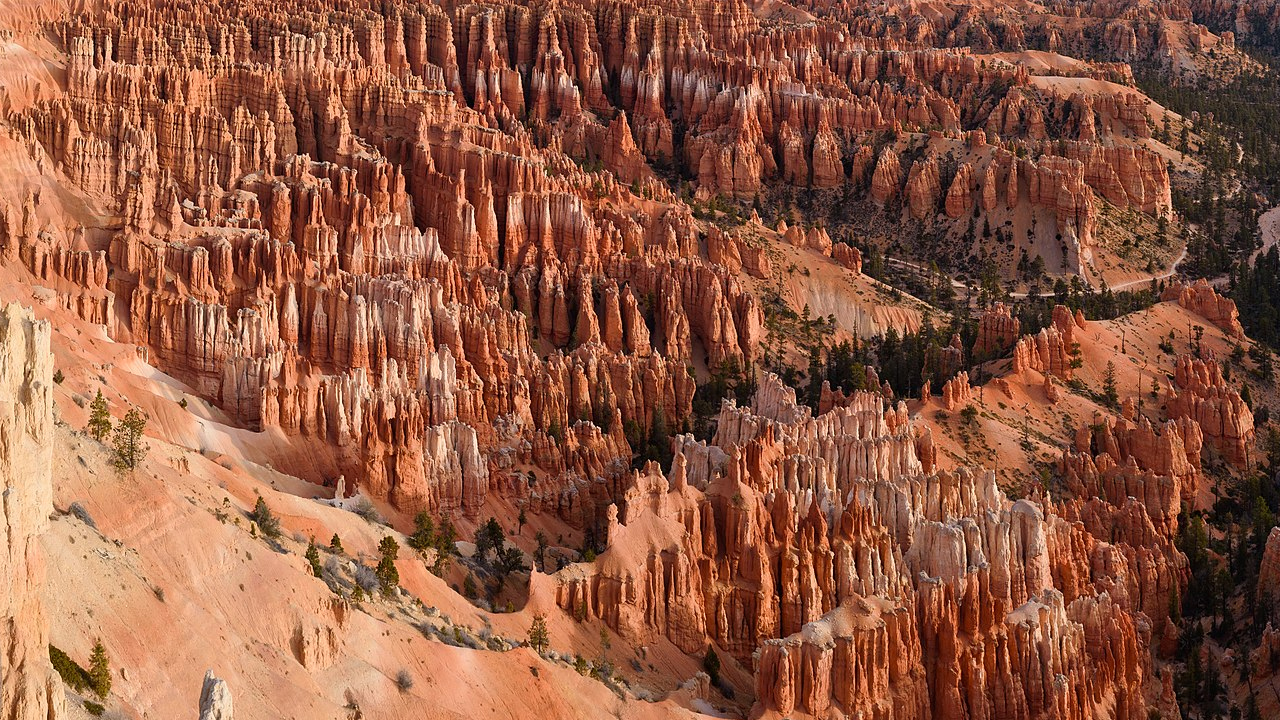
Bryce Canyon is famous for its hoodoos: tall, thin spires of rock that rise from the canyon floor. These formations were created by the erosion of the sedimentary rock layers through freezing and thawing processes. The hoodoos vary in height, with some reaching up to 200 feet tall.
The Wave, USA
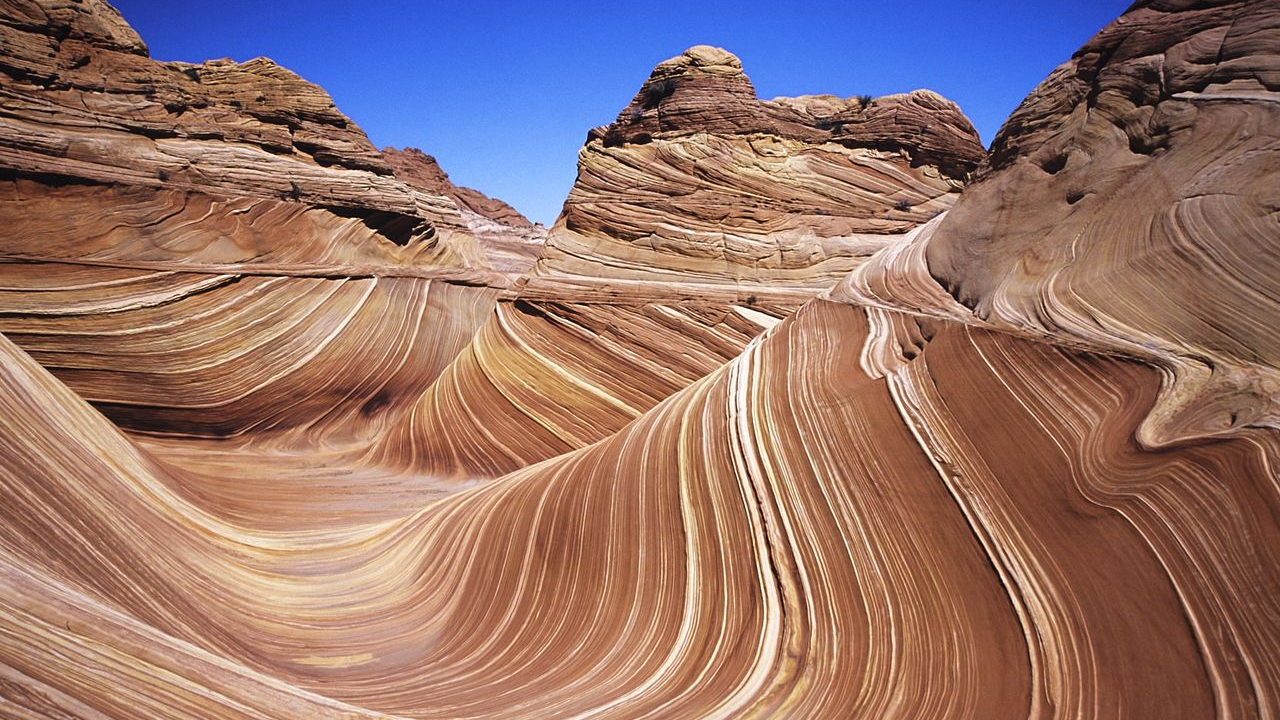
The Wave is a stunning sandstone formation located in Arizona’s Paria Canyon-Vermilion Cliffs Wilderness. It was formed over millions of years by wind and water erosion of the Navajo Sandstone. The swirling patterns and vibrant colors make it look like a wave frozen in stone.
Fingal’s Cave, Scotland
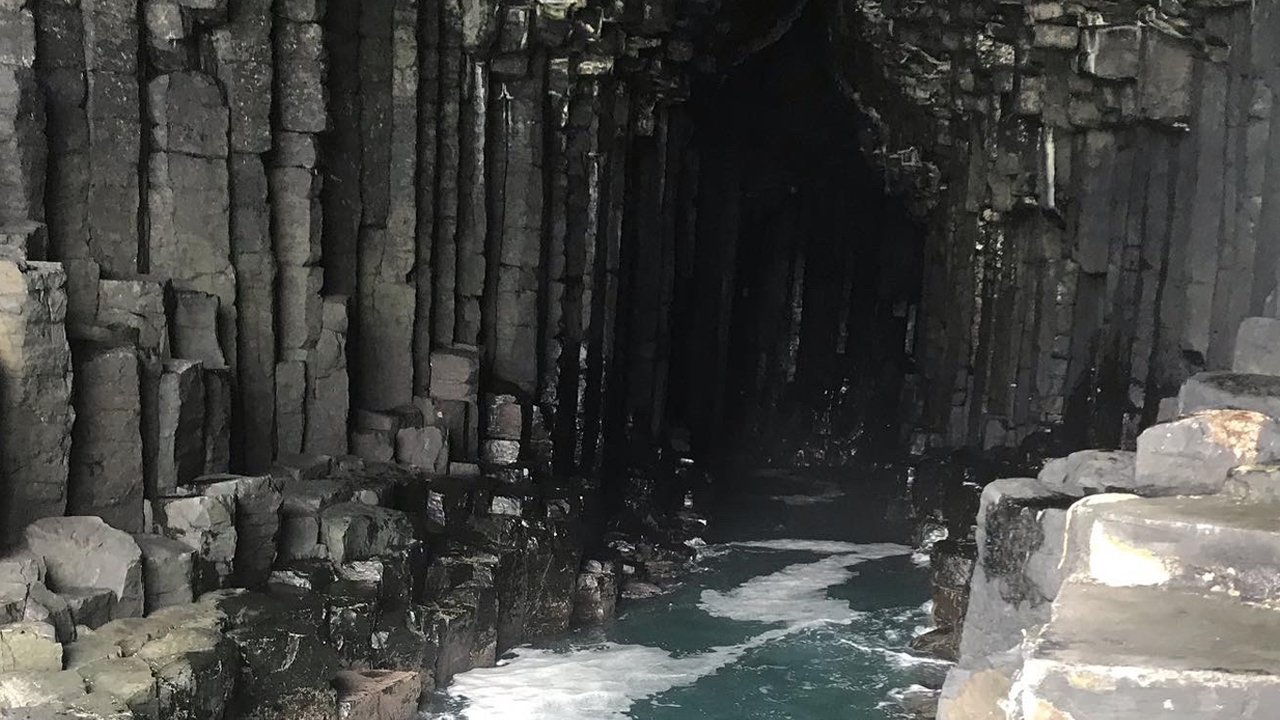
Fingal’s Cave is a sea cave on the uninhabited island of Staffa. It was formed from hexagonally jointed basalt columns, similar to those at the Giant’s Causeway. The cave was created by volcanic activity followed by wave erosion, which hollowed out the cave and exposed the striking columnar structures.
Pamukkale, Turkey
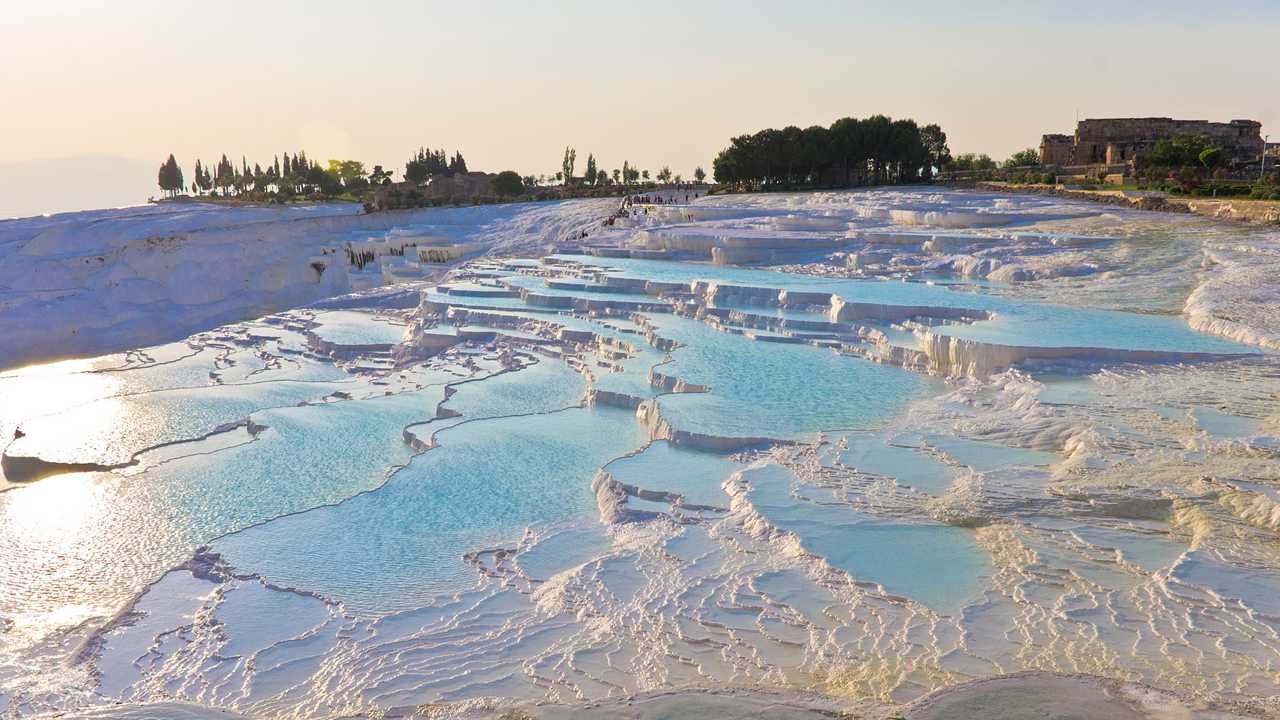
Pamukkale, meaning “Cotton Castle” in Turkish, is a natural site famous for its white terraces of travertine, a form of limestone. These terraces were formed by the mineral-rich hot springs that flow down the mountainside. As the water cools and evaporates, it leaves behind deposits of calcium carbonate, creating the stunning white terraces.
The Pinnacles, Australia
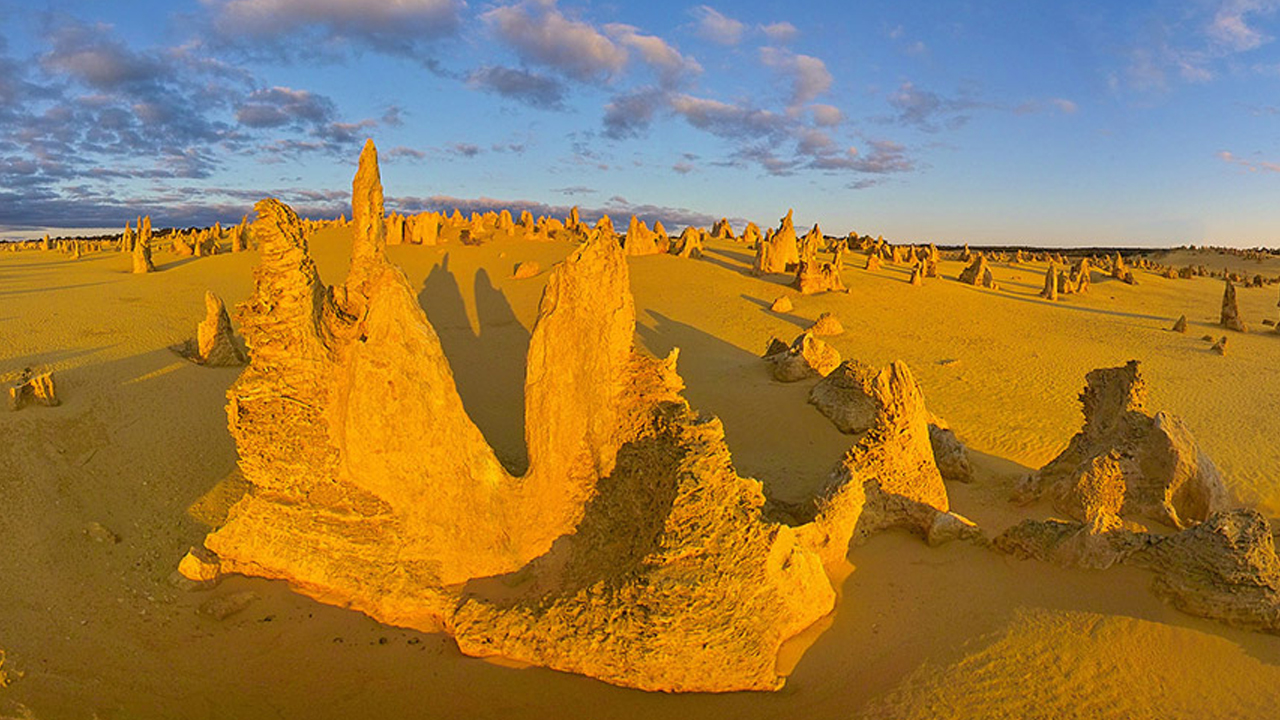
The Pinnacles are limestone formations located in Nambung National Park. They were formed from seashells that were broken down into lime-rich sand millions of years ago. Wind and rain erosion gradually revealed these unique, jagged structures that rise up from the desert floor.
Mount Roraima, Venezuela
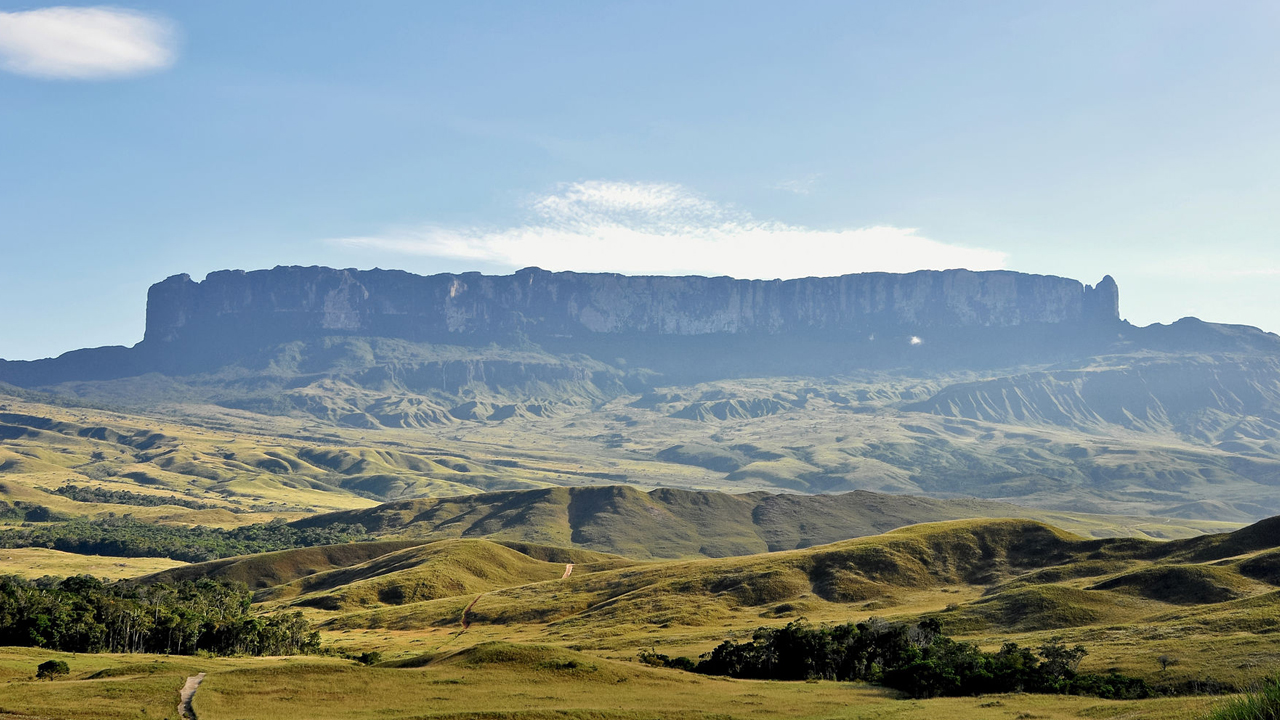
Mount Roraima is a flat-topped mountain, or tepui, located in the Guiana Highlands. It was formed over two billion years ago from sandstone that was pushed up by geological forces. Erosion over millions of years has given it its unique flat shape and steep cliffs, making it look like a tabletop rising from the jungle.
Salar de Uyuni, Bolivia
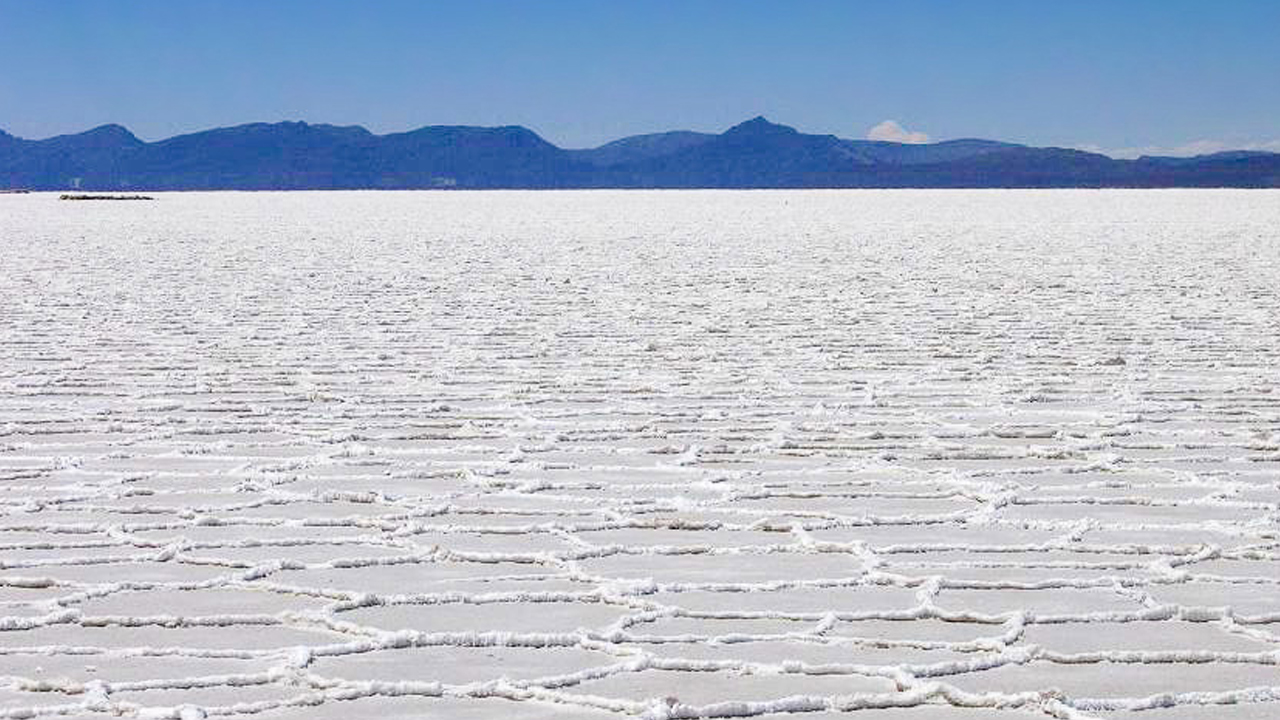
Salar de Uyuni is the world’s largest salt flat, covering over 4,000 square miles. It was formed from the evaporation of prehistoric lakes that existed around 40,000 years ago. When these lakes dried up, they left behind a thick crust of salt, creating the vast, white expanse we see today.
Fly Geyser, USA
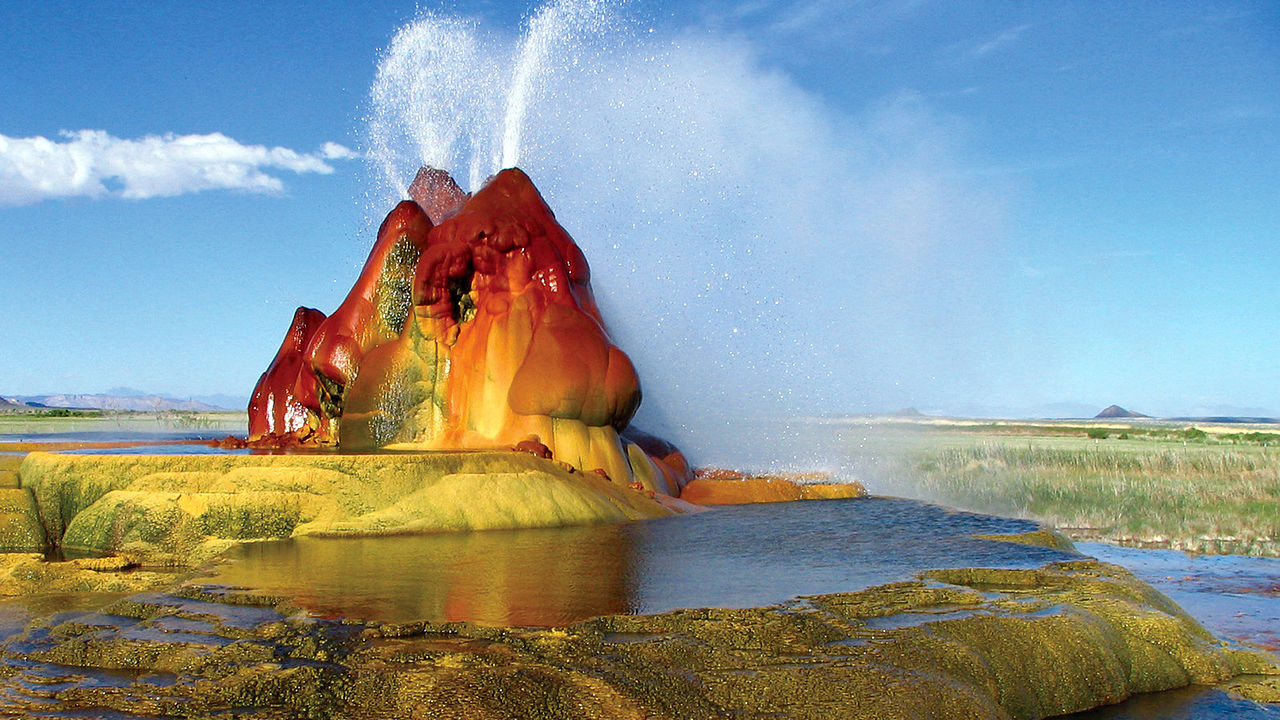
Fly Geyser is a small geothermal geyser located in Nevada. It was accidentally created in 1964 during a well-drilling operation. The well struck a geothermal pocket, and the hot water started to escape. Over time, minerals in the water deposited around the geyser, forming colorful terraces.
Devils Tower, USA
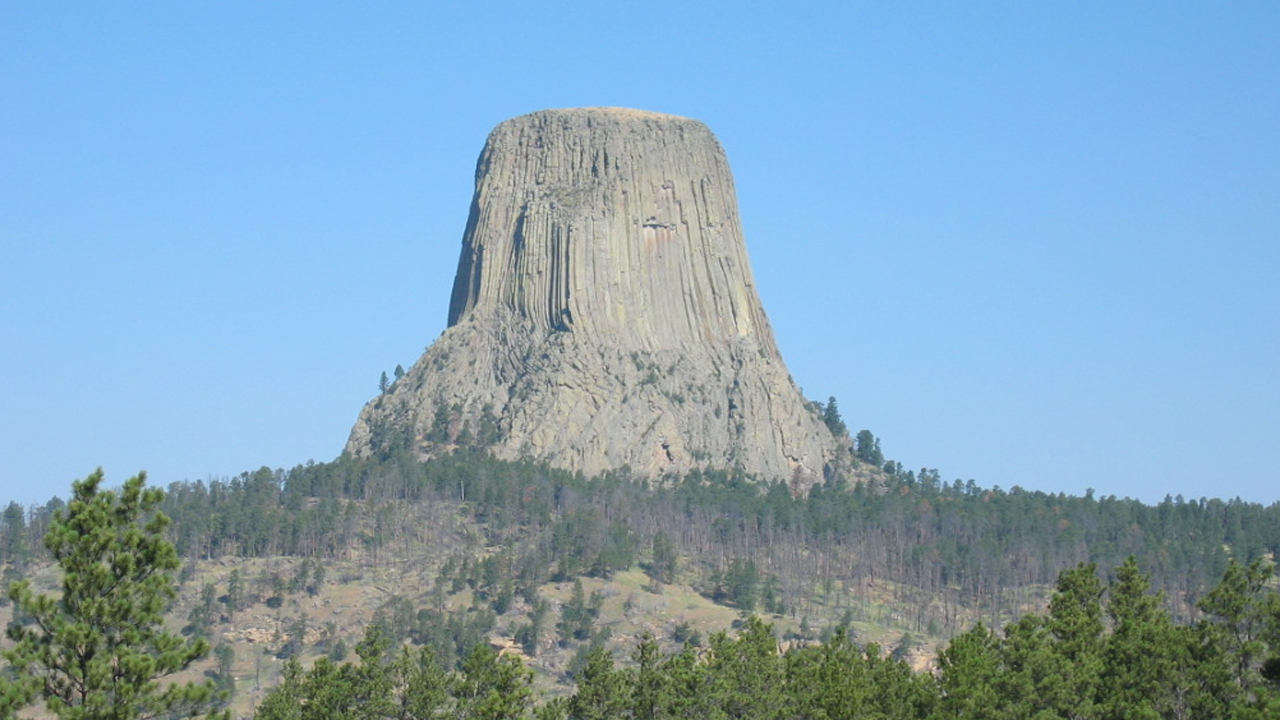
Devils Tower is a massive, columnar rock formation in Wyoming. It was formed around 50 million years ago from molten magma that pushed up through the Earth’s crust but didn’t reach the surface. The magma cooled and solidified underground, and erosion over millions of years exposed the striking columnar structure we see today.
Marble Caves, Chile
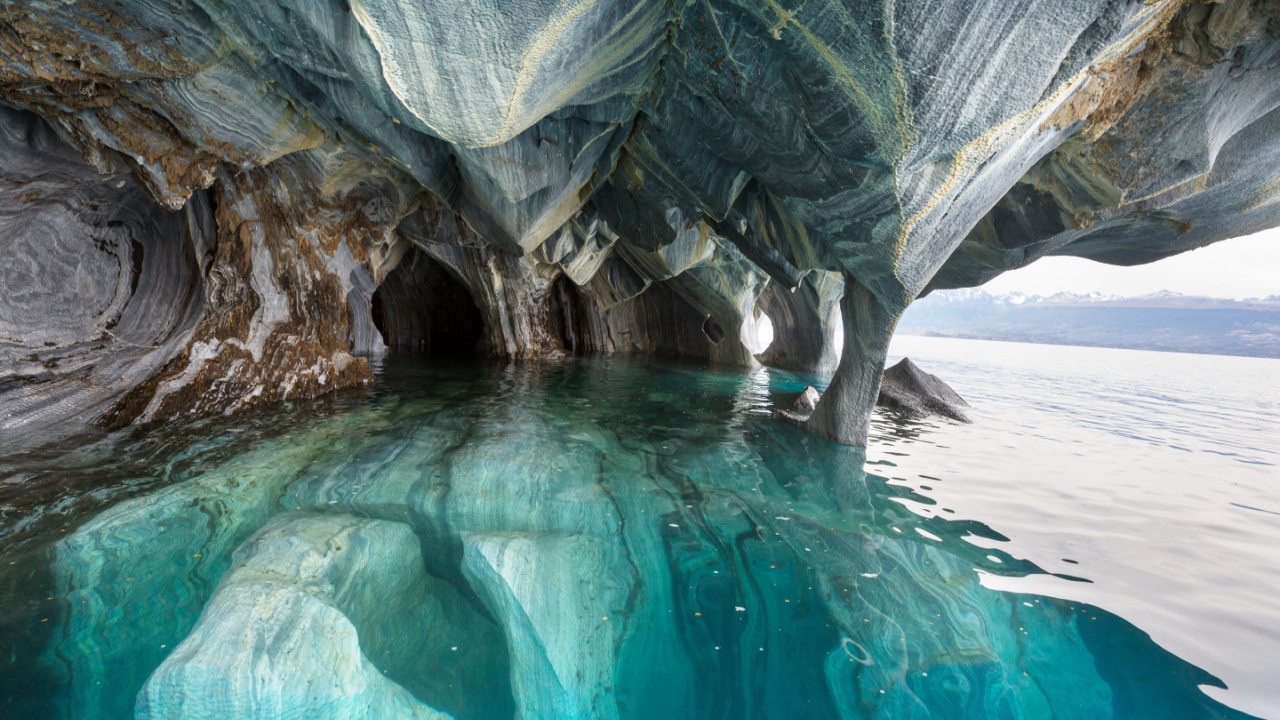
The Marble Caves, also known as the Marble Cathedral, are a series of stunning cave formations in General Carrera Lake. They were formed over 6,000 years ago by the action of water eroding the marble. The clear blue waters of the lake reflect off the cave walls, creating a beautiful display of colors.
Ellen has been obsessed with logic puzzles, jigsaws, and cryptograms since she was a kid. After learning she was taught how to play chess wrong by a family friend (so they could win), she joined her school chess club and the rest is history.

